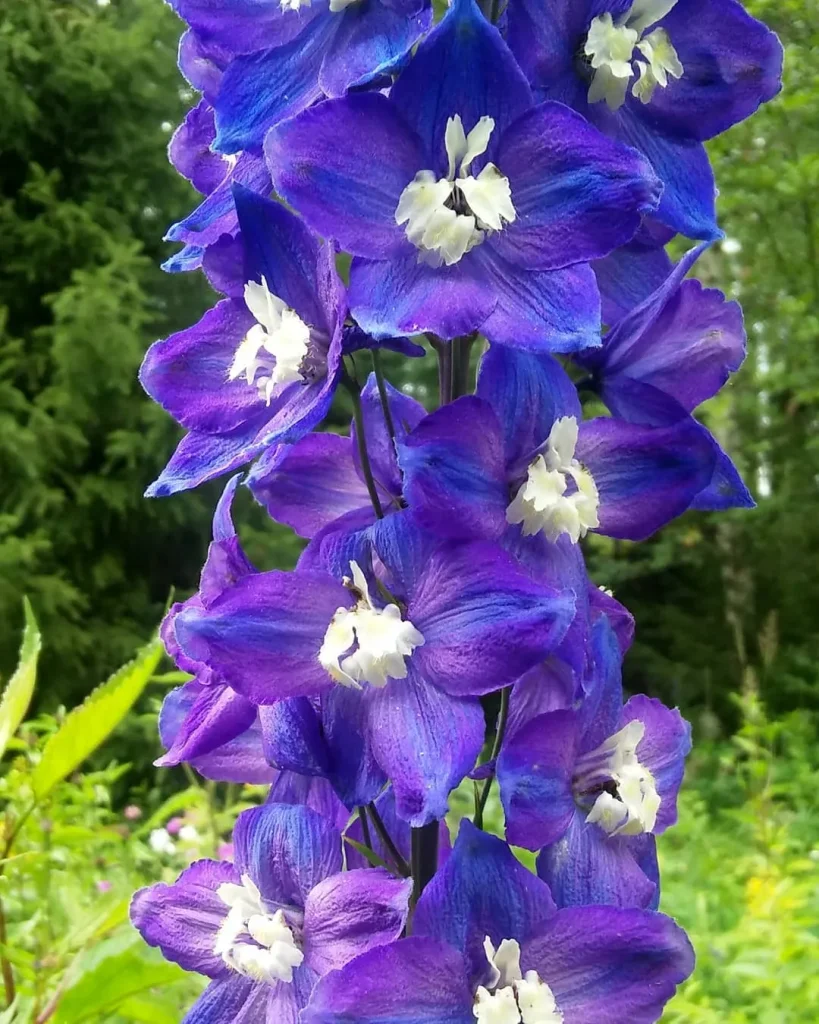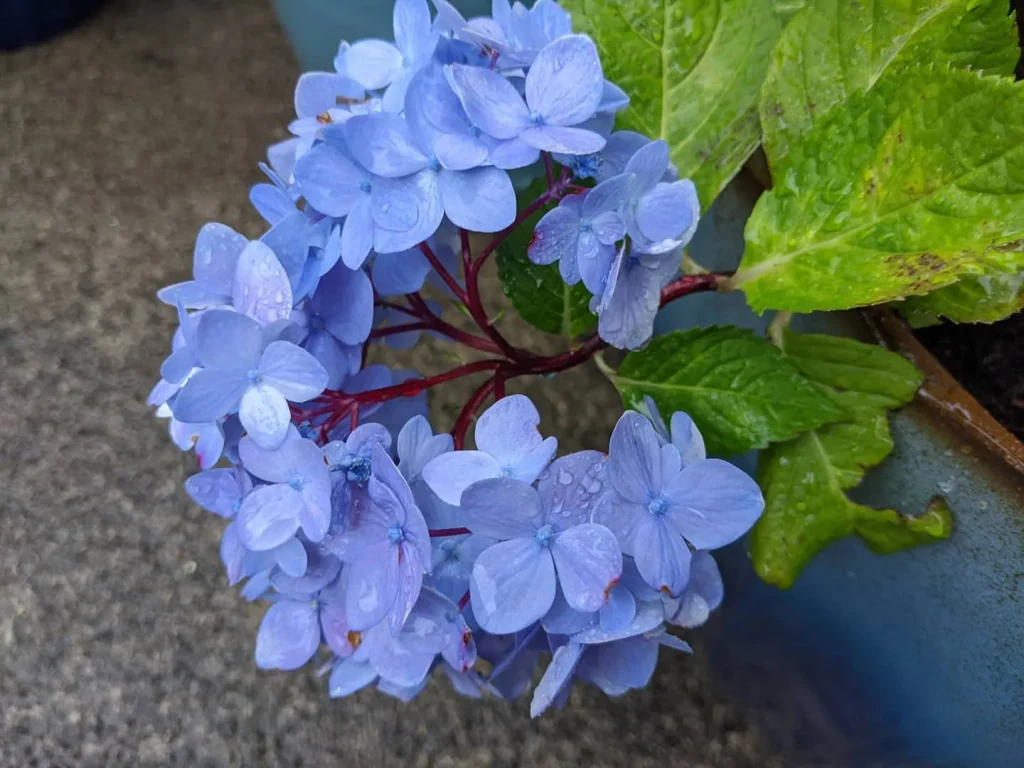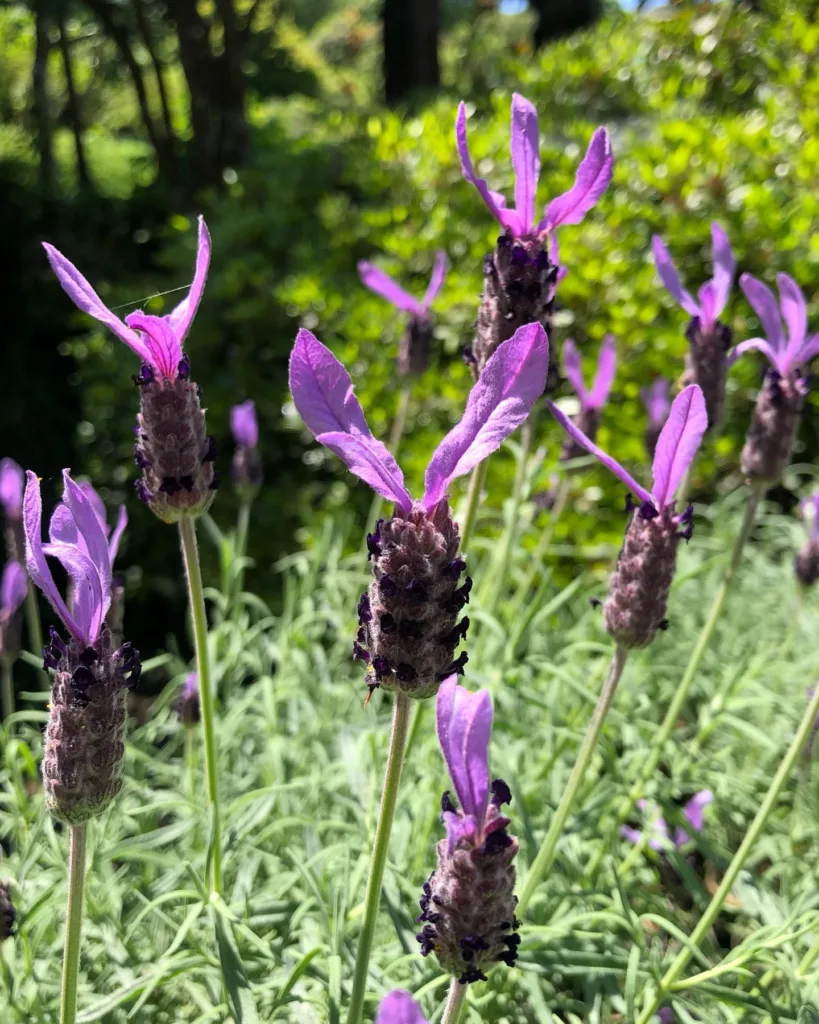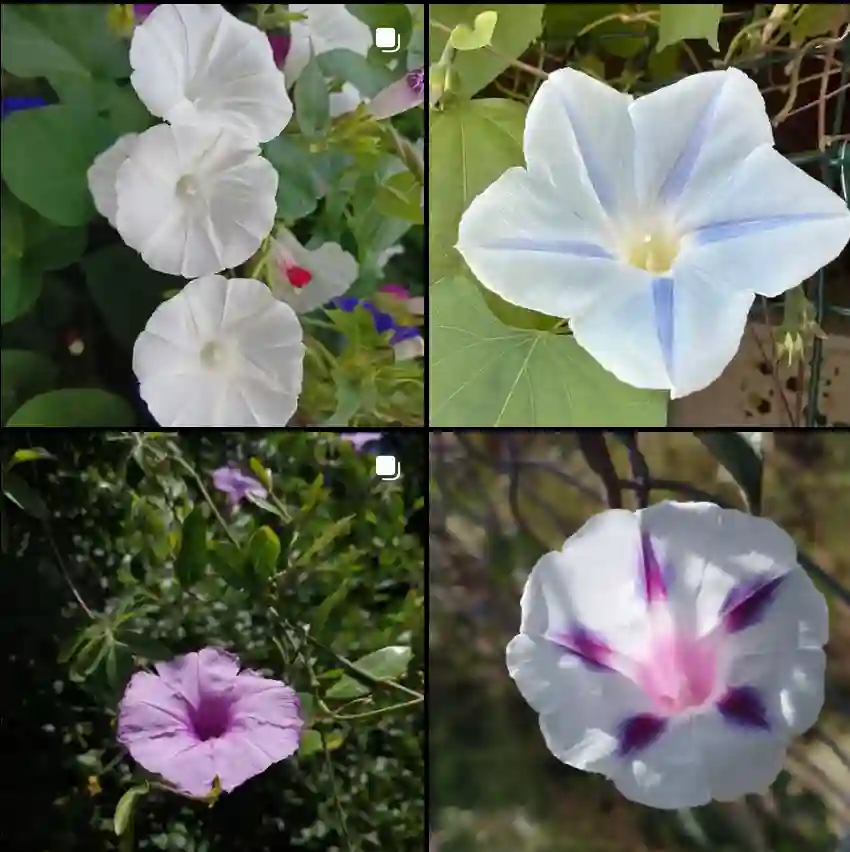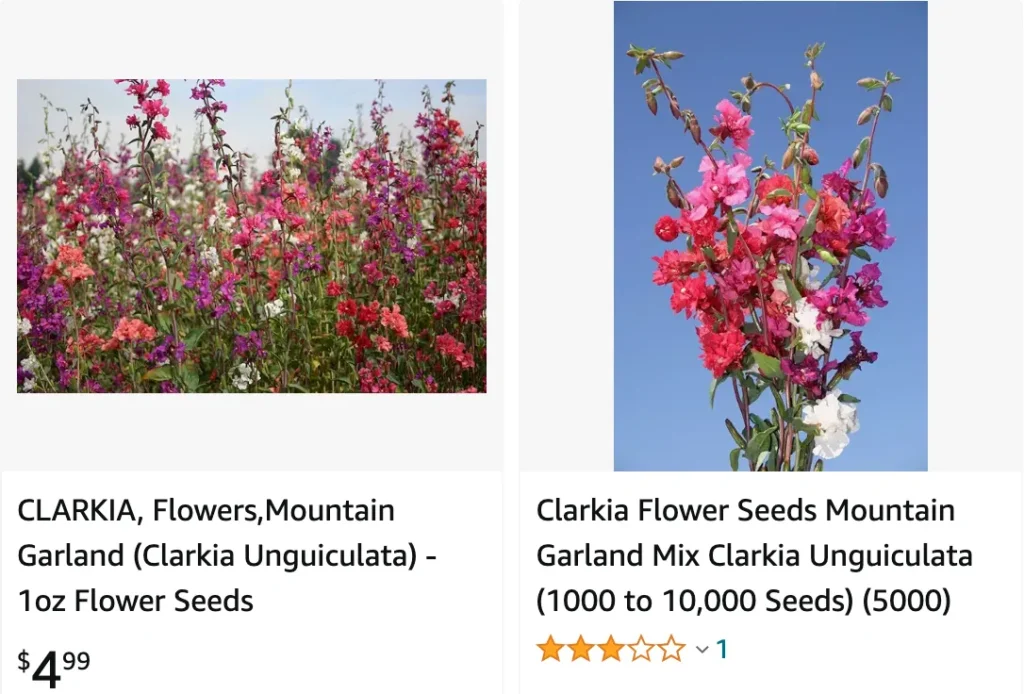
A Californian Charmer: Unveiling the Elegant Clarkia unguiculata
As a passionate gardener, I’m always on the lookout for captivating additions to my floral haven. Recently, the Elegant Clarkia (Clarkia Unguiculata) stole my heart with its delicate beauty and effortless charm. This captivating wildflower, a native Californian, boasts a captivating presence that transcends its seemingly simple form. Let’s delve deeper into the world of Clarkia unguiculata, exploring its origins, characteristics, and the secrets to cultivating this delightful wildflower in your own garden.
42 Species in Genus Clarkia
Where is Clarkia unguiculata Native?
Imagine sun-drenched meadows and vibrant woodlands – that’s the natural habitat of Clarkia unguiculata. This wildflower finds its roots firmly embedded in the diverse landscapes of California. From the coastal hills to the interior valleys, Clarkia unguiculata thrives in the Golden State’s unique climate, adding a touch of elegance to the natural tapestry. Interestingly, despite its Californian roots, Clarkia unguiculata seeds are often included in wildflower seed mixes across the country, allowing gardeners like myself to cultivate a piece of California magic in our own backyards.
Unveiling the Elegance: Characteristics of Clarkia unguiculata
The beauty of Clarkia unguiculata lies in its understated elegance. This annual wildflower boasts slender, hairless stems that can reach up to a meter in height. These stems, often reddish in color, are adorned with occasional narrow leaves, adding a touch of greenery to the overall structure. But the true stars of the show are the captivating flowers.
Clarkia unguiculata produces clusters of four-petaled blooms, each boasting a delicate, spade-shaped form. The colors range from soft shades of pink to vibrant purples and even pure white, offering a delightful range to choose from. These blooms are further accentuated by hairy, fused sepals that form a cup beneath the petals, adding a touch of textural interest.
How to Care for Clarkia unguiculata?
The good news for gardeners like us is that Clarkia unguiculata is a relatively low-maintenance plant. Here are some key things to keep in mind:
- Sunlight: While Clarkia unguiculata can tolerate full sun, it thrives in areas with partial shade, especially during the hottest parts of the day.
- Soil: Well-drained soil is essential for this wildflower. Sandy or loamy soil mixes are ideal.
- Watering: Regular watering is necessary, especially during the initial growth stages and during hot, dry periods. However, avoid overwatering, as this can lead to root rot.
- Feeding: While Clarkia unguiculata isn’t a heavy feeder, a light application of organic fertilizer during the growing season can encourage vibrant blooms.
How to Propagate Clarkia unguiculata?
Propagating Clarkia unguiculata is a breeze, allowing you to expand your floral haven with minimal effort. Here’s what you need to know:
- Seeds: The most common method is through seeds. You can directly sow Clarkia unguiculata seeds in your garden after the last frost date in your area. Alternatively, you can start them indoors a few weeks before the last frost and transplant the seedlings outdoors once the danger of frost has passed.
- Self-seeding: This wildflower readily self-seeds, meaning you can simply let the flowers dry on the plant and allow the seeds to disperse naturally. This ensures a delightful surprise of Clarkia unguiculata gracing your garden year after year.
What to Plant with Clarkia unguiculata?
Clarkia unguiculata’s delicate beauty pairs well with a variety of plants, creating a harmonious and visually captivating garden. Here are some suggestions:
- California Poppies: A match made in California heaven! The vibrant orange blooms of California poppies complement the soft hues of Clarkia unguiculata, creating a stunning display.
- Yarrow: Yarrow’s flat, clustered blooms in yellow or white add a touch of whimsy and texture to your Clarkia unguiculata beds.
- Lavender: The fragrant purple flowers of lavender not only enhance the visual appeal but also attract beneficial pollinators to your garden.
By incorporating these tips and suggestions, you can cultivate a thriving population of Clarkia unguiculata in your garden, adding a touch of effortless elegance and attracting a symphony of pollinators to your floral haven. So, the next time you’re looking for a captivating wildflower to grace your garden, consider the enchanting Clarkia unguiculata.
If i die, water my plants!
